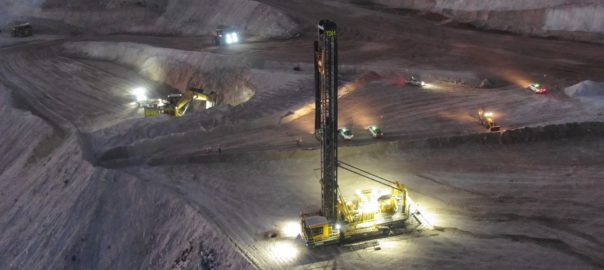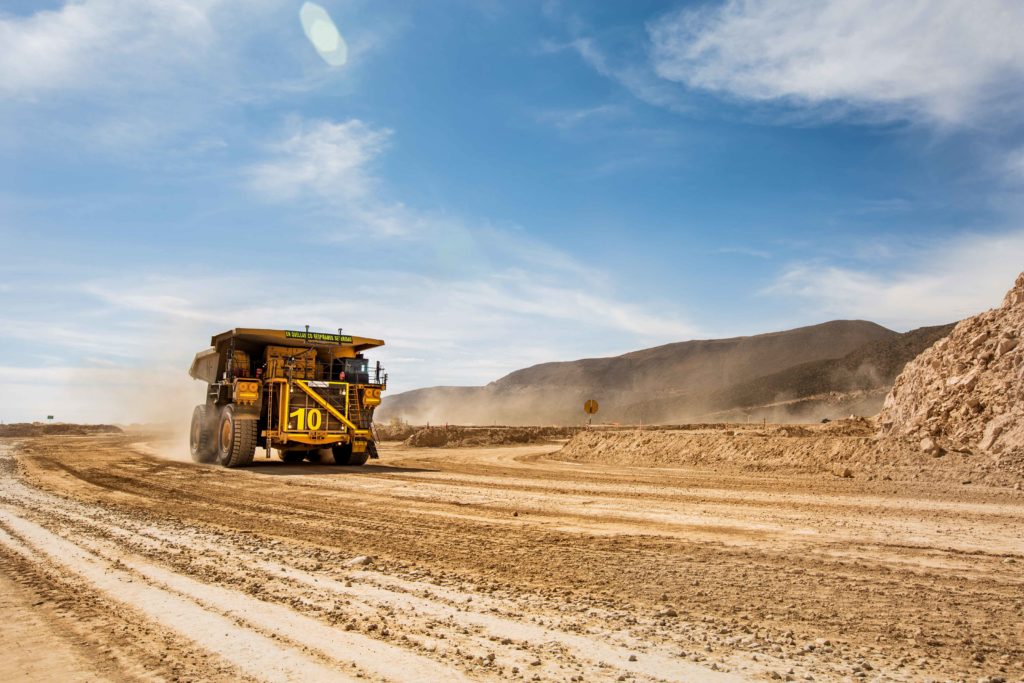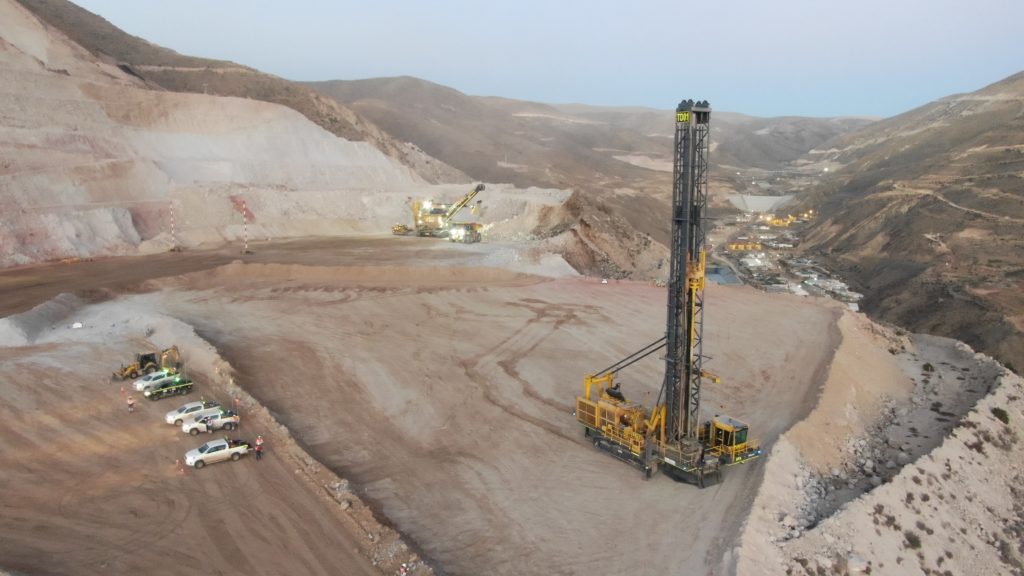Schlam has announced Sudhanshu Singh as the company’s new President – Americas, responsible for leading the company’s growth strategy in the Americas region, working from the Schlam’s Americas headquarters in Tucson, Arizona.
Singh will also serve as a Director and Senior Company Officer of the Schlam Americas Company.
Schlam’s Americas Companies operate as self-sufficient businesses, equipped with strong local leadership teams and operational teams to support local operations, the company explained. Singh will report directly to Chair and Group CEO, David Haslett, and will also lead the Global Innovation and Product Engineering Team based in the Tucson offices, providing support to Schlam’s global operations.
Schlam said: “With the support of an experienced American team, Sudhanshu will oversee key functions such as sales, customer support, product engineering, manufacturing and supply chain management, all while upholding the company’s purpose of delivering an exceptional experience for its customers.”
Haslett said Singh’s appointment completes the leadership team in the Americas operations and adds significant momentum to the company’s growing presence in the region.
Prior to joining Schlam, Singh served as the Senior Vice-President of SafeAI, a Silicon Valley-based mining and construction technology company. There, he spearheaded global operations to facilitate the safe transition of mining and construction companies to autonomously operated trucks. He also brings experience from his time at Caterpillar, where he played a crucial role in integrating the Bucyrus-Terex truck business. As the head of Caterpillar’s global Large Mining Truck business, Singh successfully launched new Tier-4 trucks and led the development of autonomous and electric drive trucks, including the electric-drive 794AC, 796AC and 798AC models.
Before his tenure at Caterpillar, Singh spent 19 years at Terex Corporation, holding various leadership positions of increasing responsibility. In his last role with Terex, he served as the Group Vice-President of Materials Processing and Mining.
Singh said: “I’m excited to contribute my expertise in building and growing businesses, as well as delivering innovative solutions that enhance productivity, safety and sustainability. I’m honoured to have the opportunity to support Schlam’s growth and deliver industry-leading solutions to customers in the Americas and worldwide.”










